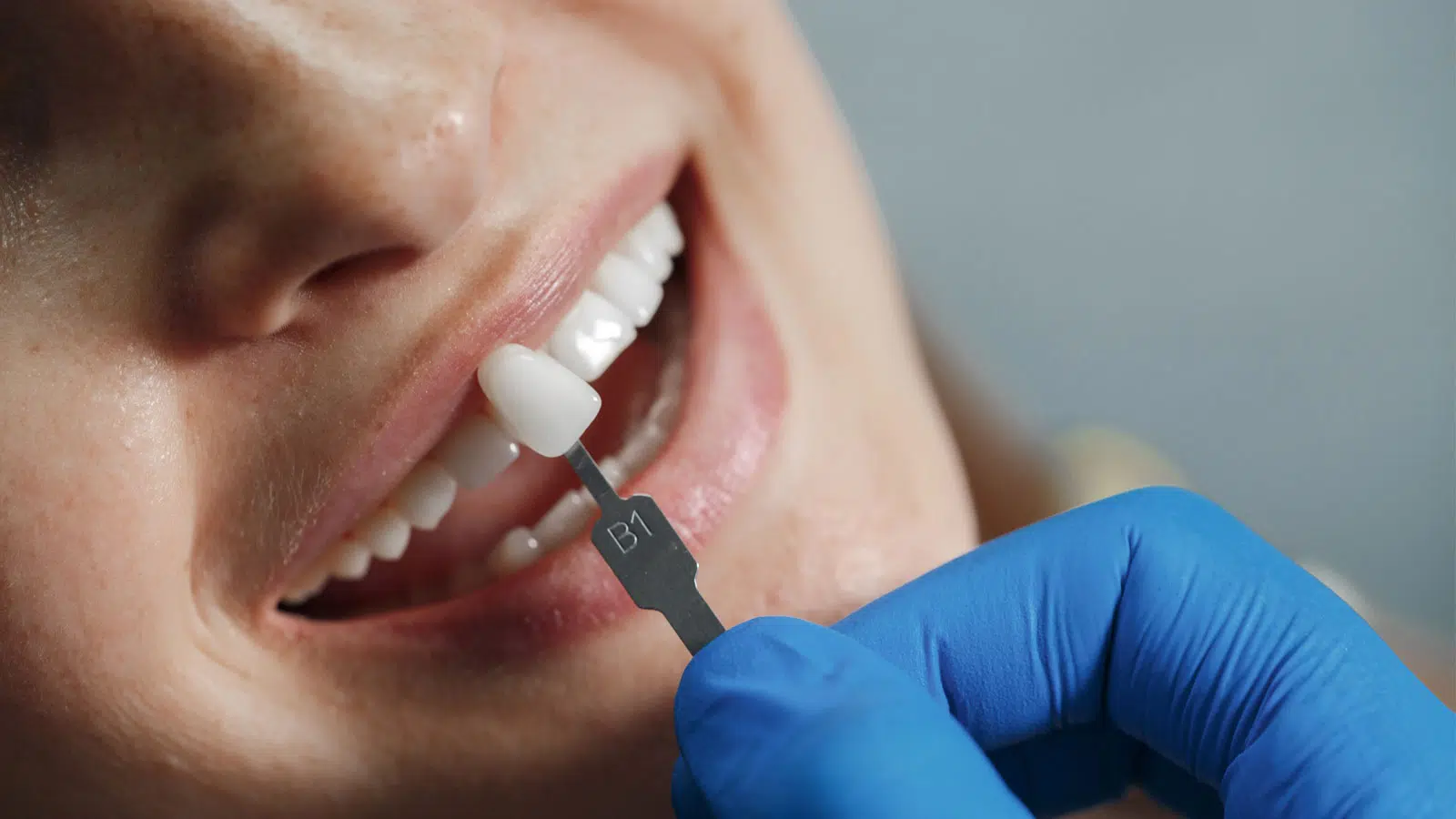Dental implants are a permanent and excellent solution for those suffering from tooth loss or severe damage. However, many individuals fear undergoing traditional dental implant surgery. With advancements in dentistry, non-surgical dental implants have emerged as an innovative technique to reduce concerns, avoid pain, and shorten recovery time.
What Are Non-Surgical Dental Implants?
Non-surgical dental implants, also known as computer-guided implantology, are a modern technique that eliminates the need to surgically open the gum and expose the bone, as required in traditional implant procedures. This method relies on 3D technology and precise digital planning to position the implants accurately. The implant is inserted through a very small opening in the gum, ensuring high precision and increased safety for the patient.
Who Is It Suitable For?
Non-surgical dental implants are suitable for most cases, but they are particularly beneficial for individuals who:
- Fear surgical procedures.
- Want to avoid a long recovery period after surgery.
- Have medical conditions like diabetes or blood clotting disorders and prefer to avoid surgery
- Have sufficient jawbone density to support the implant.
Benefits of Non-Surgical Dental Implant Procedure:
- Reduced pain during and after the procedure.
- Minimally invasive approach, providing comfort and reducing anxiety.
- High precision due to advanced digital planning.
- High success rate, reaching 98%.
- Fewer complications, such as swelling or bleeding.
- Faster recovery compared to traditional implant surgery.
- Immediate results in some cases.
- Long-lasting solution that can endure a lifetime with proper care.
Steps of Non-Surgical Dental Implant Procedure:
1. Consultation & Digital Diagnosis:
The dentist examines the patient, evaluates the gums and jawbone, and ensures suitability for the procedure. A 3D image of the teeth and jaw is taken to determine the exact implant placement.
2. Treatment Planning:
A customized treatment plan is created, using advanced 3D modeling to pinpoint the ideal implant position.
3. Implant Placement:
Using advanced guiding devices, the implant is inserted through a tiny gum opening without cutting or stitching. The process takes just a few minutes per implant.
4. Temporary Teeth Placement (if needed)
In some cases, temporary teeth may be installed on the same day as the implant procedure.
5. Follow-Up & Final Restoration
After two weeks, the dentist checks the healing progress. Later, the temporary teeth are replaced with permanent restorations.
The non-surgical dental implant technique has revolutionized the field of cosmetic dentistry, making it possible to restore both function and aesthetics of your missing teeth with exceptional precision and minimal discomfort.


